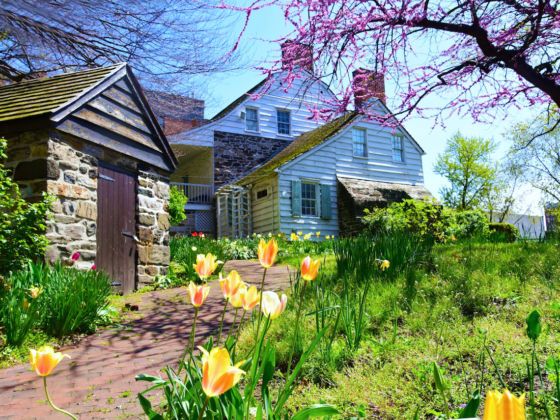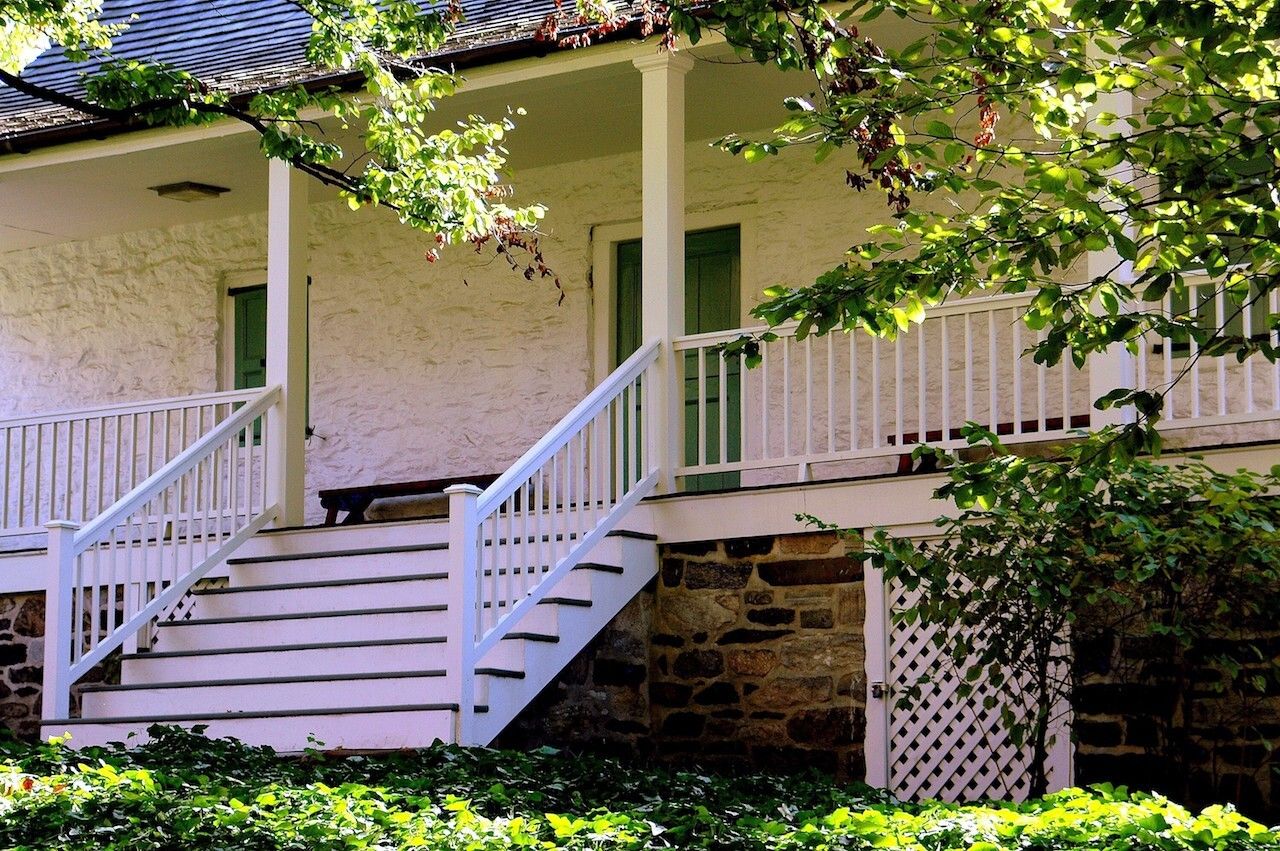When Meredith Horsford began working at the historic Dyckman Farmhouse in 2015, she noticed an interesting feature of the Dyckman family tree hanging on the wall above the mantle.
“It was basically a snapshot in time of who lived in this house around the 1820s,” she recalls. “So of course it talked a lot about the Dyckmans — born on this day, died on this day, first and last name — and then at the bottom the family tree has these silhouettes on it of enslaved men and women, and there’s no information. And it just really stood out to me as, first of all, something that if I were a visitor, I would immediately ask more about.”

